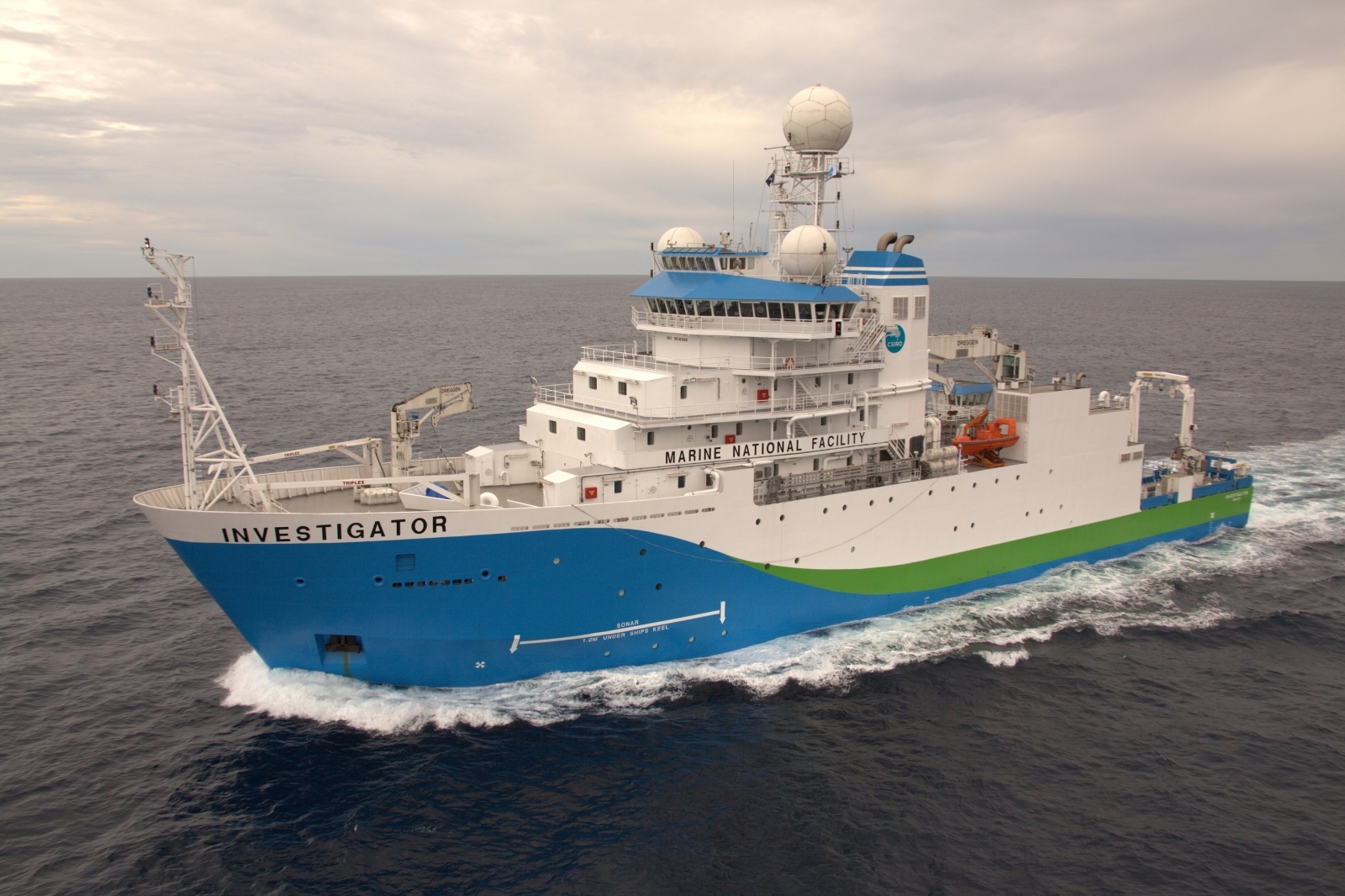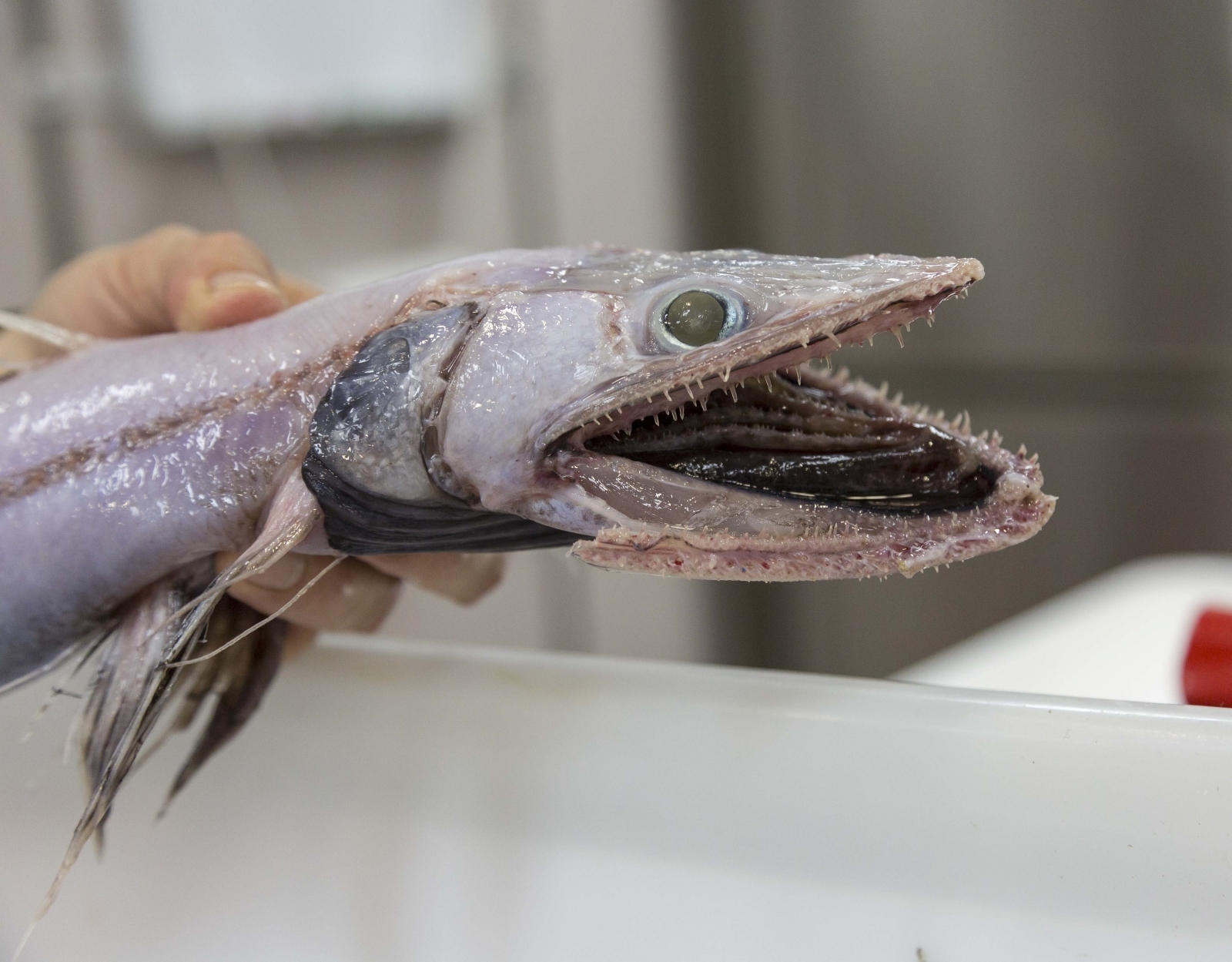Faceless fish? These are some of the rarest and most bizarre-looking deep sea creatures ever found
A fish without any visible eyes, cookie-cutter sharks, terrifying lizard fish and more.






Ever seen a fish without a face or cookie-cutter sharks with razor-sharp serrated teeth? These and numerous other "weird" sea creatures that live in the very depths of the world's ocean were discovered by scientists aboard the research vessel Investigator.
In 2017, researchers sailed across the Australian abyss, which stretches from Tasmania to Queensland, mapping the sea floor in efforts to identify and explore remote underwater habitats. Scientists found and collected over 100 deep sea species, some which were found at depths of almost 5,000 metres.
"Some of the weird and wonderful discoveries from the voyage included blob fishes, cousins of Mr Blobby who was voted the World's Ugliest Fish in 2013, bioluminescent cookie-cutter sharks with razor-sharp serrated teeth, a haul of frightening lizard fish, and graceful tripod fish which prop on high off the sea floor on long fins waiting for food to drift within reach," the Commonwealth Scientific and Industrial Research Organisation (CSIRO) said in a statement.
"The abyss is the largest and deepest habitat on the planet, covering half the world's oceans and one-third of Australia's territory, but it remains the most unexplored environment on Earth," Alastair Graham, manager of the Australian National Fish Collection, said in a statement. "The survey collected some very rare and unusual species, and represents one of the deepest collections of fishes from Australian waters."
Researchers used a variety of equipment, including sleds, nets and other tech to collect over 42,700 fish and invertebrate specimens, which also likely include some never-before-seen species. One of the species discovered during the voyage was the "faceless fish", which has no visible eyes and has a mouth located on the underside of its head.
"We use a mix of morphological and molecular approaches to identify deep water species because they are typically poorly known to science," CSIRO ichthyologist John Pogonoski said. "We are investigating possible new species and fishes never before recorded in Australian waters."
The Sampling the Abyss voyage was led by Museums Victoria and marks the first ever attempt to survey the waters of the Australian abyss. The collected samples are expected to fuel new discoveries for decades to come.
Museums Victoria ichthyologist Dr Martin Gomon said, "For those of us aboard, it was a real buzz to see the amazing fishes that provide this information as they emerged from the nets and we're looking forward to the opportunity to take a closer look at them in Hobart this week.
"The discoveries provide us with a glimpse into how our marine fauna fits into the interconnected abyssal environment worldwide, and for the scientists, adds another piece to the puzzle of what affects evolution in the deep sea."






